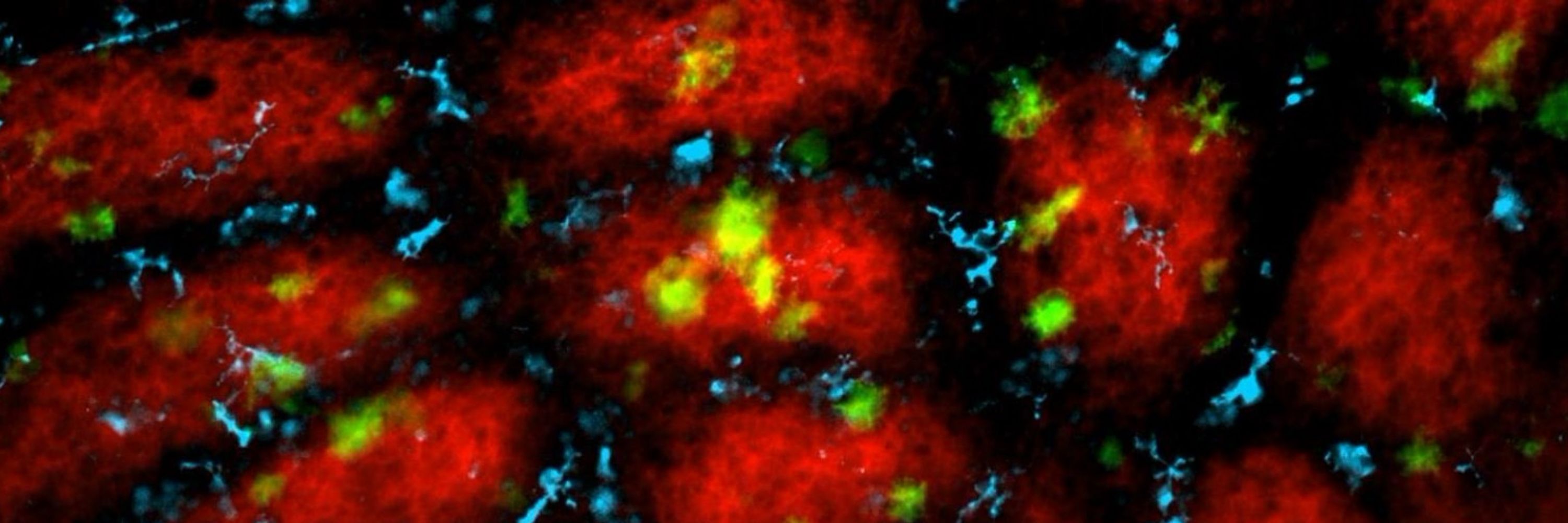
Latest in Cell: https://www.cell.com/cell/fulltext/S0092-8674(25)00978-X

Proud to do this work at @umasschan.bsky.social.
💡 Excited to see where glial biology goes next!
Proud to do this work at @umasschan.bsky.social.
💡 Excited to see where glial biology goes next!
When do microglia release Wnt?
What happens when astrocytes change how much they touch synapses in development, sleep, aging, or disease?
Does less astrocyte contact generally make synapses easier for microglia to remove?
How do microglia remove less-contacted synapses?
When do microglia release Wnt?
What happens when astrocytes change how much they touch synapses in development, sleep, aging, or disease?
Does less astrocyte contact generally make synapses easier for microglia to remove?
How do microglia remove less-contacted synapses?
💤 Sleep
⏳ Aging
⚡ Seizures
🧠 Alzheimer’s disease
In these contexts, changes in astrocyte morphology & synapse loss have been reported, suggesting this pathway may be shared across brain states & disorders.
💤 Sleep
⏳ Aging
⚡ Seizures
🧠 Alzheimer’s disease
In these contexts, changes in astrocyte morphology & synapse loss have been reported, suggesting this pathway may be shared across brain states & disorders.
🧠 A defined cortical circuit model of activity-driven synapse loss
🔍 Expansion microscopy to map astrocyte–synapse contacts
🧬 TRAP-Seq + MERFISH to identify microglial Wnts
✂️ Cell type–specific knockouts to test signaling
🧠 A defined cortical circuit model of activity-driven synapse loss
🔍 Expansion microscopy to map astrocyte–synapse contacts
🧬 TRAP-Seq + MERFISH to identify microglial Wnts
✂️ Cell type–specific knockouts to test signaling
⚡ Neurons signal to microglia via CX3CL1–CX3CR1
🔁 Microglia release Wnts, causing astrocytes to reduce synaptic contact
🧹 Reduced astrocyte–synapse contact allows microglia to remove synapses
(Our prior work on CX3CL1/CX3CR1: doi.org/10.1038/s415...)

⚡ Neurons signal to microglia via CX3CL1–CX3CR1
🔁 Microglia release Wnts, causing astrocytes to reduce synaptic contact
🧹 Reduced astrocyte–synapse contact allows microglia to remove synapses
(Our prior work on CX3CL1/CX3CR1: doi.org/10.1038/s415...)
But their respective roles — and whether they act independently, redundantly, or in coordination — has been unclear. How do neurons, microglia, and astrocytes work together during synapse remodeling?
But their respective roles — and whether they act independently, redundantly, or in coordination — has been unclear. How do neurons, microglia, and astrocytes work together during synapse remodeling?


